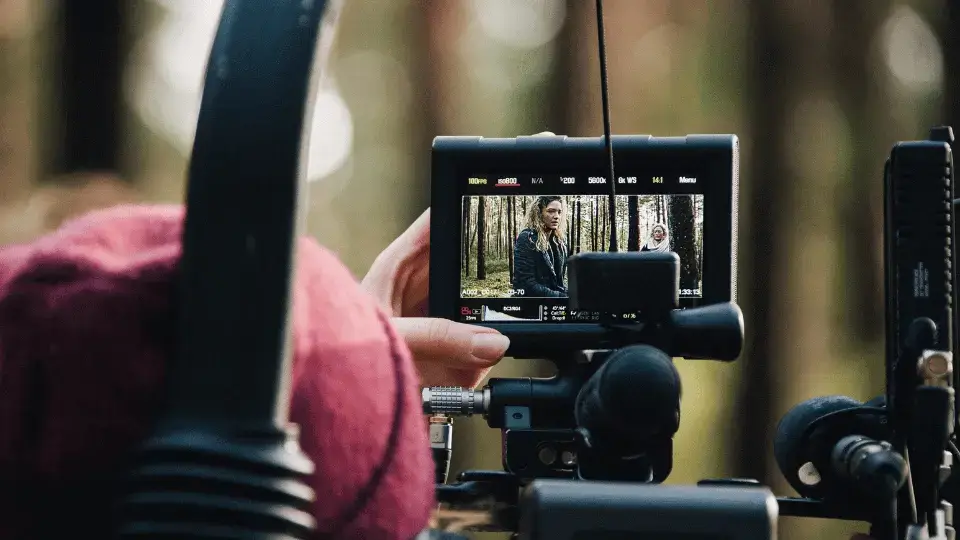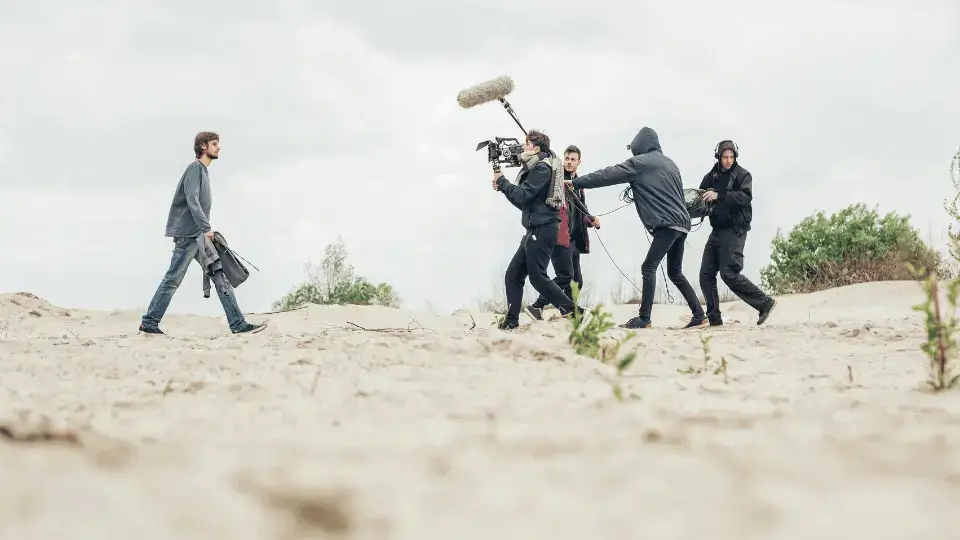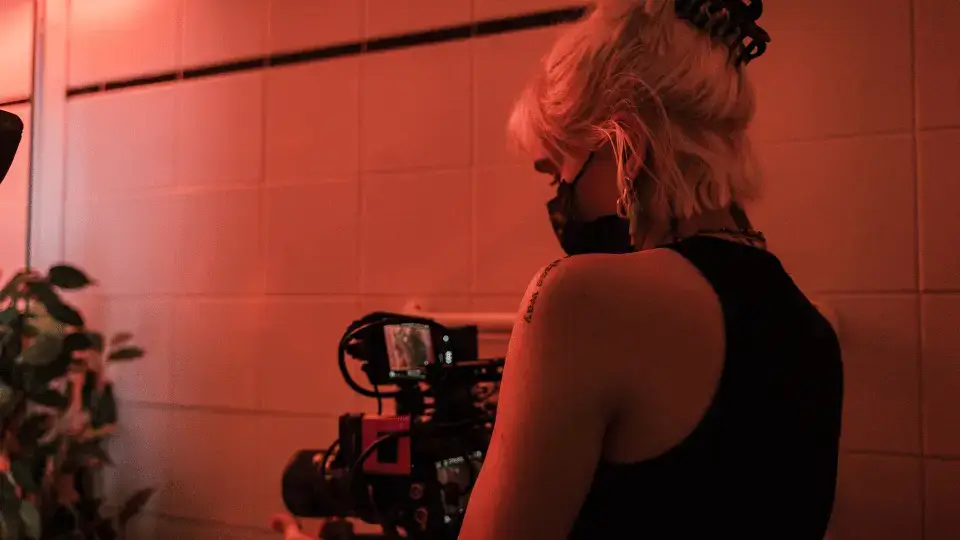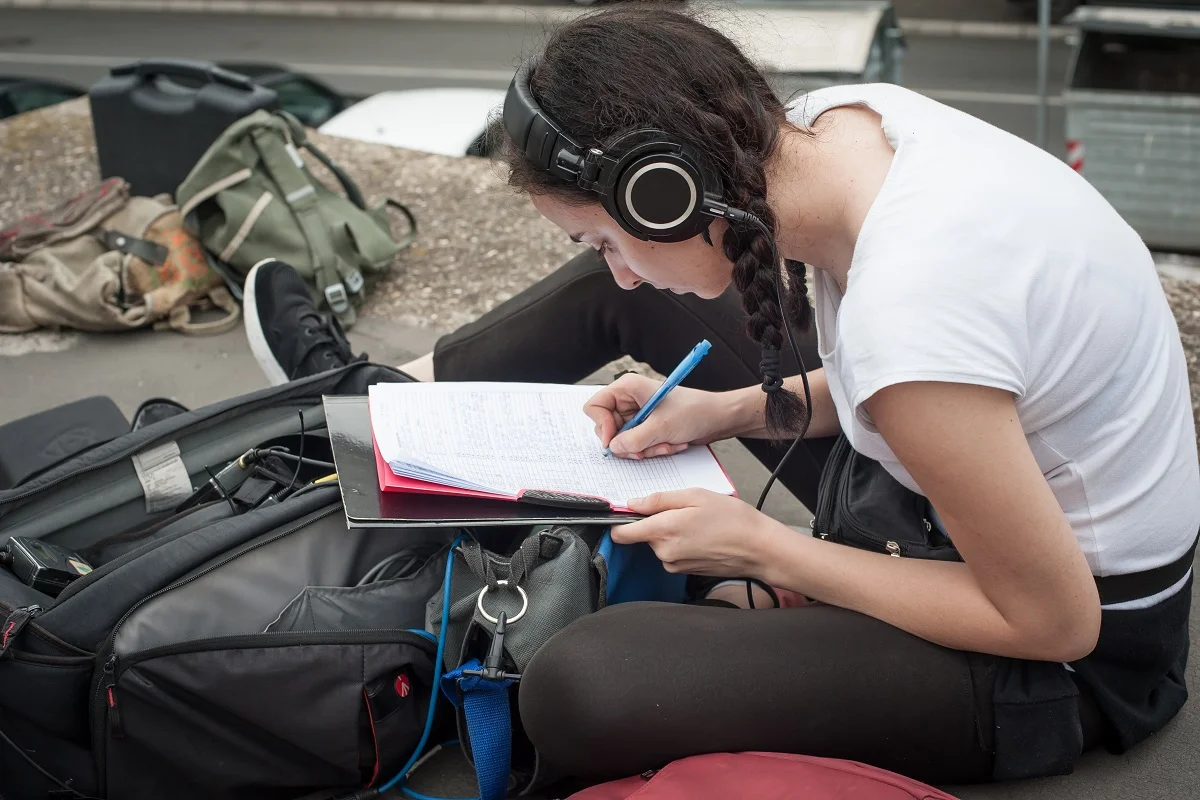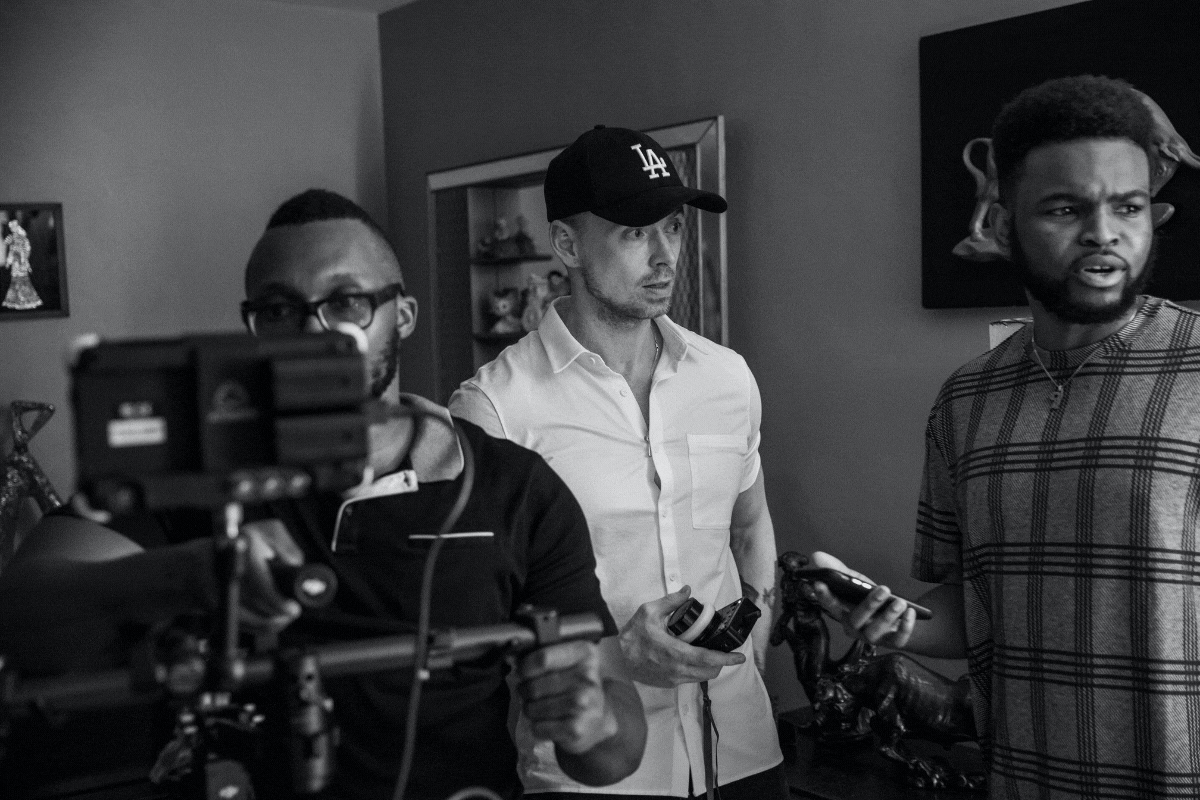Top Tips for Landing Movie Production Jobs
Discover top tips for landing movie production jobs in the exciting and challenging industry. Learn about job roles, gaining education and building a strong portfolio. Master the art of networking and persistence to achieve your dream career. Enhance your skills and increase your chances of success.
